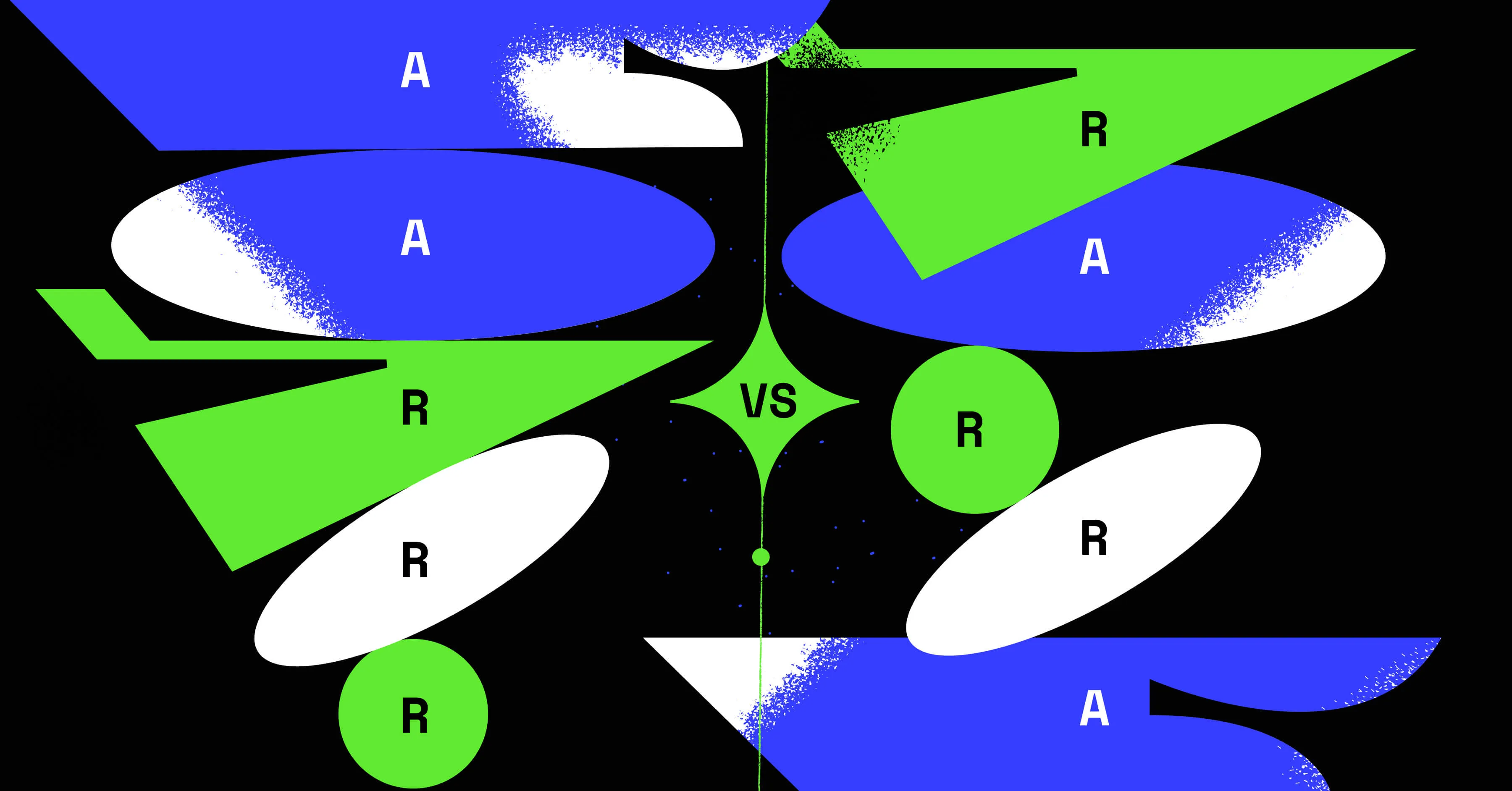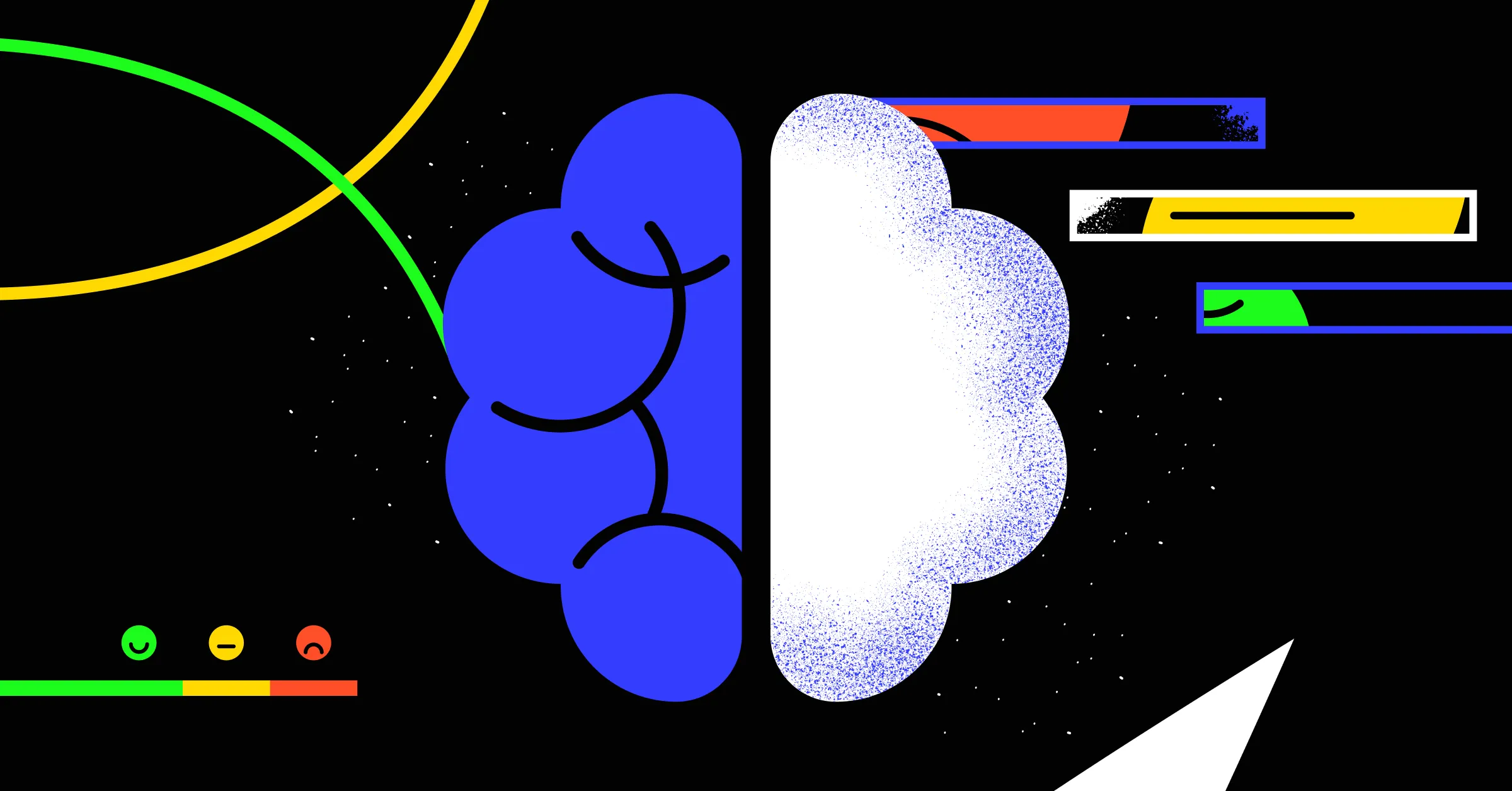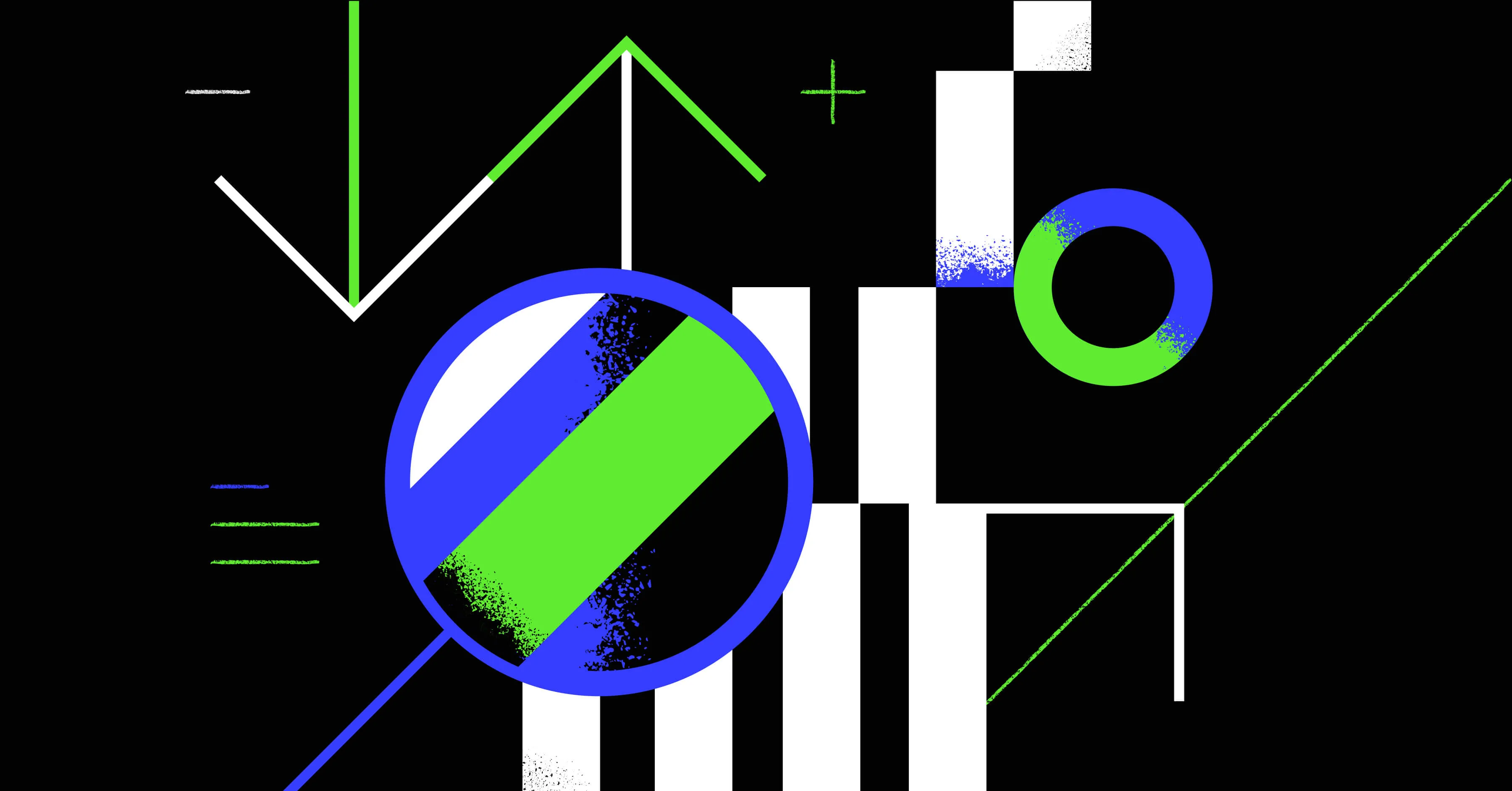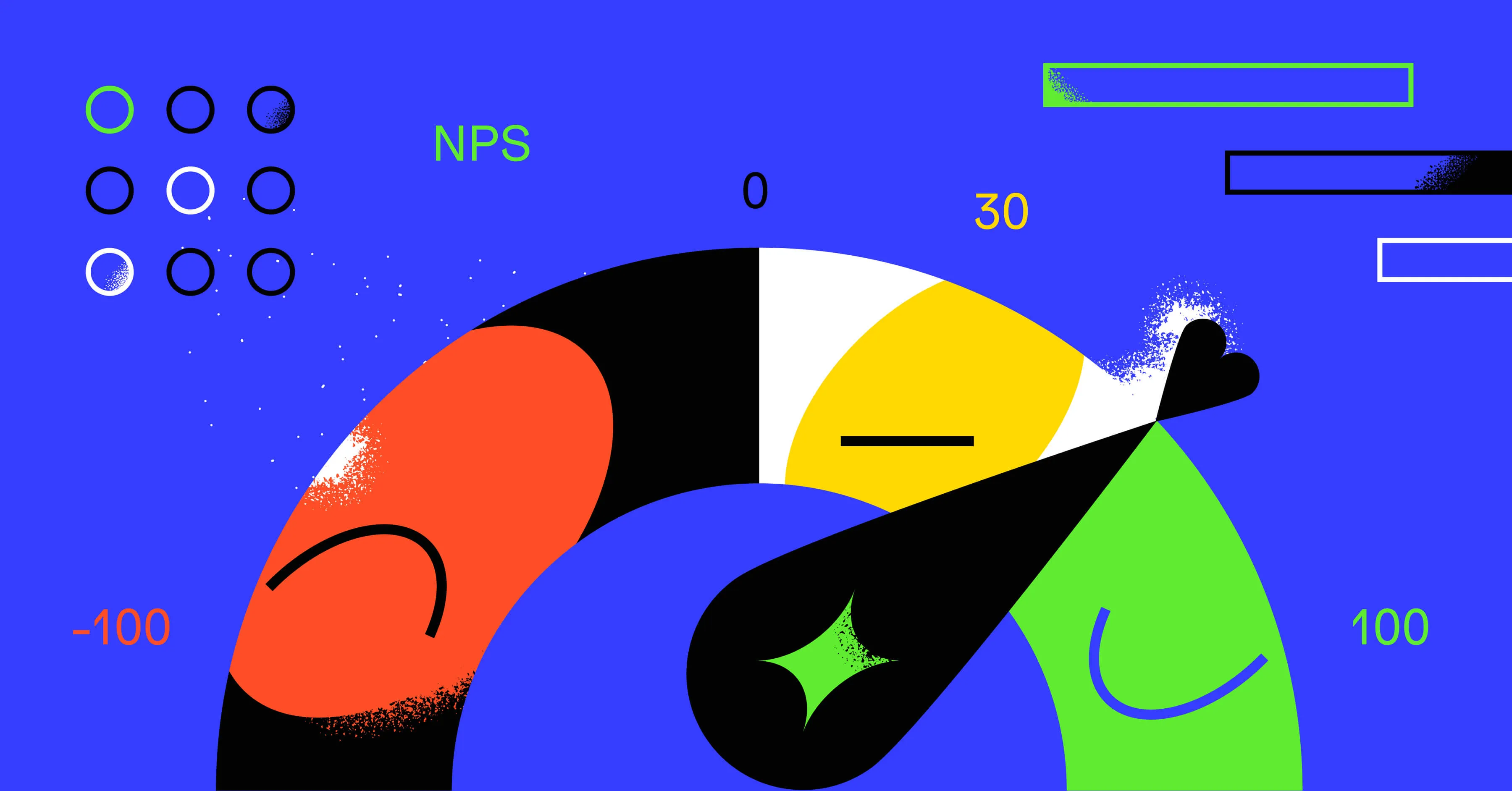AARRR vs. RARRA: Selecting the right growth strategy in 2022


Share
Acquiring new users at any cost while ignoring existing users is a mistake many companies make. Many growth teams are only focused on user acquisition metrics and forget about the users as soon as they have signed up. Such teams don’t realise that their business cannot capitalize on each new user if after signing up users become dissatisfied with the product and leave before they have generated any value.
Your business can benefit from a growth strategy that focuses on authentic growth—retaining users and improving your product based on what your users demand. This ensures that any measured growth matches the reality of your business.
The traditional marketing funnel is a powerful concept that acts as a solid foundation to any marketing strategy, but one which requires some adjustments for the modern app store environment. That means shifting from a AARRR structure to a RARRA structure. This article will break down what these structures are, and why it has become more appropriate to use RARRA in the modern mobile app market.
What is AARRR?
The marketing funnel is a business model which begins when a customer becomes aware of your product and ends with them engaging with your product. It’s a ‘funnel’ because it’s larger at one end (thousands of users may see an ad) and narrow at the other (only a small percentage of these will end up making a purchase or signing up).
The AARRR model (known as pirate metrics because pirates go AARRR 🏴☠️) is a traditional marketing funnel that looks like this:
- Acquisition
- Attracting users with paid advertising through traditional marketing channels
- Activation
- Onboarding users via signups, converting visitors into users
- Retention
- Keeping users active through loyalty programs, re-engagement with new features and content, and implementing user feedbacks
- Referral
- Do users like the product enough to tell others about it?
- Revenue
- Building revenue streams from your users through purchases, subscriptions, upselling and/or collecting valuable user data
This structure makes sense and has been beneficial to marketers looking to measure and improve their marketing campaigns
However, the AARRR concept was widely adopted by app marketers at a time when there were both fewer developers building mobile apps and fewer advertisers bidding for advertising space.
At that time it was easier to get your product in front of a lot of eyes with little effort. With the high visibility of your app in an uncrowded marketplace, retaining even only a small percentage of your acquired users was enough to maintain a healthy user base. A smaller number of available apps also meant less competition: your users were unlikely to have anywhere else to go even if they weren’t entirely satisfied with your offering.
The focus on acquisition in AARRR metrics is not suitable for the app marketing landscape in 2022. Mobile devices are ubiquitous and selling apps and services has become famously lucrative.
Contrary to when AARRR was an effective app marketing model, there are now more developers building mobile apps (with more being added daily!) and more advertisers bidding higher amounts for advertising space. People have also become desensitized to traditional ads due to this oversaturation and have become more likely to ignore them.
The average mobile app loses over 75% of its users after the first three days, increasing to a 95% loss by the 90 day mark. If you are focusing primarily on acquisition as a measure of success in your pirate funnel, your metrics will look amazing, but you will likely find that you are spending more on marketing than you are profiting from your growing user base. A user who just signs up and then leaves after a few days does not generate any revenue.
Acquisition channels are now more expensive due to the number of advertisers bidding for advertising space. If you are not retaining your users, you are wasting your advertising budget on meaningless growth.
Re-focusing your growth strategy on retention will make your product better and provide ample material to improve the cost efficiency of your marketing campaigns. Authentic growth comes from understanding your users and better serving them.
What is RARRA and why is it a more suitable business model in 2022?
The RARRA growth marketing strategy is a re-think of AARRR. It re-prioritizes the steps so that acquisition is no longer the focus, laying out an alternative way to drive new signups through user engagement and referrals without relying on expensive marketing channels. The restructured funnel looks like this:
- Retention
- Keeping existing users active through loyalty programs, re-engagement with new features and content, and implementing user feedback
- Activation
- Onboarding new users via signups, converting visitors into users
- Referral
- Growing your user base through app store ratings, user recommendations, and social sharing
- Revenue
- Growing your revenue by converting existing free users to paid accounts, and increasing the spend of accounts that are already paid
- Acquisition
- Attracting users with paid advertising through traditional marketing channels
RARRA promotes authentic growth. By creating a great product that meets your existing users’ needs you will not lose them to the competition. Acquisition can then be driven by word-of-mouth in addition to paid marketing channels.
Example: acquisition cost in AARRR and RARRA funnels
AARRR (focusing on activation first) | RARRA (focusing on retention first, activation last) |
If you invest $3000 to acquire 300 new users, and 95% leave by the end of the month, then you have spent $3000 to acquire 15 users. Your Customer Acquisition Cost (CAC) is $200. | if you invest $3000 to acquire 300 new users, but now only 70% leave by the end of the month, then you have spent $3000 to acquire 90 users. Your Customer Acquisition Cost (CAC) is $33. |
Creating a robust growth strategy with RARRA
Here are some steps you can take to create your own growth strategy based on the RARRA model.
Decide on your growth metric
The key to picking the right growth metric for your product is understanding the points of maximum leverage for your growth efforts. The N Day Retention statistic is a common tool for identifying such points. By calculating user retention for days 0 through, for example, 7, you can identify any significant drops in average usage between days 0 and 7. Once you know which situations might be causing users to stop using your product, you can focus your attention more clearly on addressing those situations.
While retention is the most important metric in RARRA, you will also need to decide on other relevant metrics to ensure you are measuring authentic growth and meaningful interactions. Carefully consider what you want your users to be doing, and then measure whether they are doing that and with which frequency.
For example, a photo sharing service would be looking to measure the frequency with which users share photos, as well as how they interact with the photos others share. Simply uploading images to back them up would not be considered a meaningful interaction for a photo sharing service.
Be honest with yourself and don’t hide behind meaningless numbers. Admit when something has not worked out well and re-evaluate which metrics you are using to measure the success of your business model.
Find out what your users want, and implement it
Don’t try to fool your users by misleading them with false promises: users may install your app, but they’ll stop using it the second they realize it does not do what they thought it would.
Solve the problems your users are facing and they will love you for it. Continuing on with the example above, the photo sharing service may learn that their users are frustrated by slow photo upload speeds on slower connections, and implement an automatic image optimisation function on their client app so that their users spend less time waiting for files to upload.
Encourage signups
Make it as easy as possible for users to sign up for your app or service. Fast, streamlined user onboarding will prevent your users from drifting away before they’ve had the chance to see the full benefit of your product.
Create evangelical users
If you’re solving your users’ problems and making them more productive or making their lives easier, they’ll recommend your app to their friends and colleagues. You can facilitate this process by adding a share button to your app. Creating rewards or referral programs will also encourage this process.
Soliciting user feedback is also an important tool. Asking your users for feedback will make them feel looked after and build loyalty, discouraging them from checking out competing products.
Get paid
The best side effect of indulging and engaging your existing users is extracting the maximum revenue from them. Upselling becomes feasible as happy users will pay for new features that solve their pain points.
Satisfied users will offer feedback if they think it’s likely to be acted on and improve their paid experience. By receiving direct feedback from the types of users you know are willing to spend money, you can better target and attract more users from the same demographic. A common tool for getting user feedback on a recurring basis is an NPS survey.
Start a conversation
Professionals are always sharing their tips, tricks, and favorite tools with others in their industry. By joining these conversations you can tweak your paid acquisition channels to focus exactly on what your existing users love about your app. You can further incorporate positive feedback like reviews and testimonials into your own marketing materials.
By combining the feedback from satisfied users who are telling you what works and what doesn’t with the assistance of industry marketing experts, you can make sure that your marketing budget is well allocated to achieve authentic results.
What results to expect
To know whether your growth strategy is working requires measuring results and setting goals based on both those results and your business plan going forward.
After implementing your RARRA growth strategy, you should begin to see higher user engagement, satisfaction, and retention. Now that your users are no longer leaving, your overall active user count should see a relative increase over time.
Users arriving on the recommendation of your evangelical users should be more likely to stick around as well, as that recommendation came from someone with a shared problem your product solves.
The growth metric you have decided on as part of your RARRA strategy will be unique to your business plan. Mobile attribution plays a big part in acquiring the data required for these metrics. You must track and accurately assign meaningful user interactions so that you can understand your audience’s needs and monitor your growth targets.
Examples of RARRA growth drivers and metrics
In this section, we suggest initiatives (“growth drivers”) that can improve the efficiency of the components of a RARRA funnel. We also show the metrics that you can use to track the success of such initiatives. The right growth drivers and metrics to use for your product or service will depend on your industry, product type, price point, customer segment, and other factors, but these suggestions can be a useful starting point for many companies
| Component of the RARRA funnel | Growth drivers | Metrics |
|---|---|---|
| Retention | UI / UX improvements | Customer churn |
| Activation | Customer onboarding | Registrations |
| Referral | Rating prompts | K-Factor (Virality) |
| Revenue | Sales and promotions | Monthly recurring revenue |
| Acquisition | Ratings and reviews | Downloads |
Need help building your RARRA growth strategy?
RARRA focuses on retention. This obviously requires you to have an initial set of users to retain and seek feedback from, for which you will need to undertake an initial acquisition campaign. It pays to work with experts to make sure you attract the right initial users from your target demographic.
An effective RARRA growth strategy is only as good as the understanding you have of the user feedback and interactions you record. Our growth experts at Mighty Digital are ready to work with you to fully tap into your product’s potential and make the most out of your users’ feedback.












